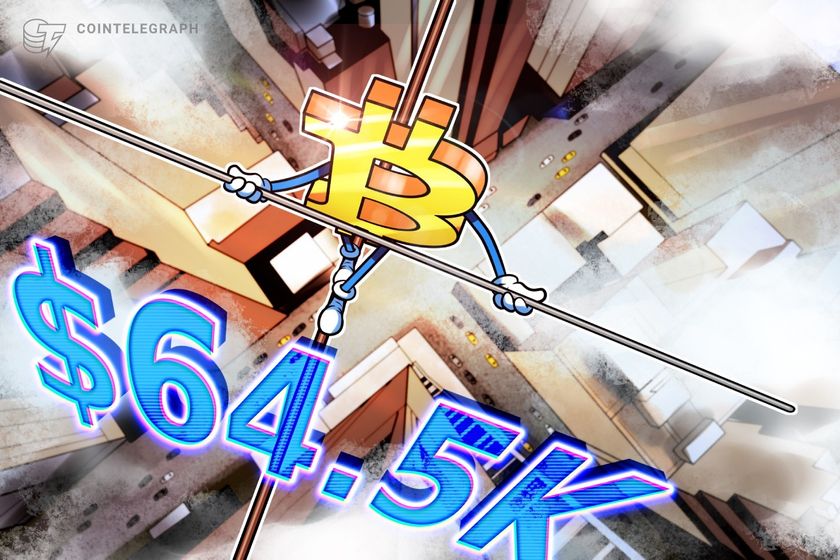
Demand for leverage in BTC futures jumped to $38 billion, but traders appear well-positioned enough to avoid surprise price swings.
Bitcoin (BTC) price gained 8% between Oct. 14 and 15, up 11.5% over the past 30 days. Bitcoin currently is significantly outperforming the S&P 500, which gained 3.8% during the same period.
However, some traders are concerned that the sharp increase in demand for Bitcoin leverage could pose a potential risk.
The aggregate Bitcoin futures open interest — which measures the total number of BTC futures contracts — signals a rising appetite for leverage, causing some unease among investors. High open interest can increase the risk of cascading liquidations due to unexpected upward or downward price movements, leading traders to anticipate heightened volatility.









